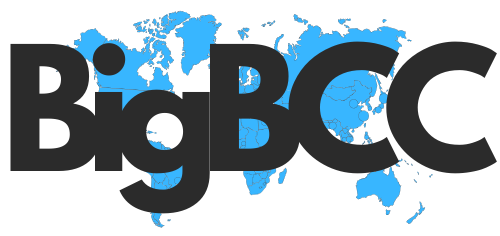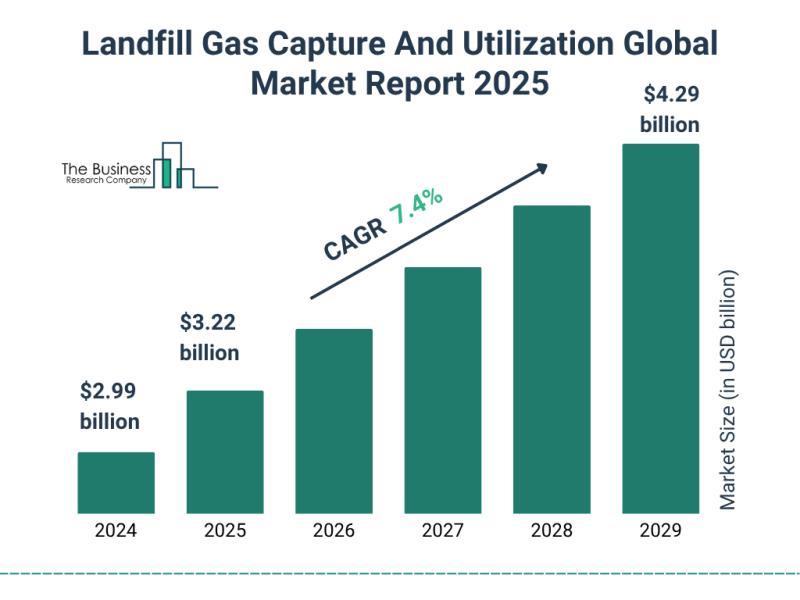Global Ice Cream Market Overview
According to Renub Research Latest Report ice cream market is projected to grow from US$ 80.03 billion in 2024 to US$ 125.62 billion by 2033, representing a CAGR of 5.14% from 2025 to 2033. This growth is fueled by the rising popularity of seasonal and limited-time products, the expansion into emerging markets, and shifting consumer preferences for healthier, innovative, and ethically produced ice creams.
Ice cream, traditionally sweetened with either natural sugar or artificial alternatives, comes in various forms, including low-fat, soft, light, and hard varieties. The market thrives not only during summer months but also throughout the year due to evolving consumption patterns and rising urbanization.
Manufacturers are now leveraging premium and artisanal products, which feature high-quality ingredients, unique flavors, and functional benefits such as probiotics, prebiotics, and natural antioxidants. The trend towards premiumization is also supported by millennial consumers and the growing café culture worldwide.
👉 Want to explore detailed market trends, segment insights, and forecasts? 🔗 Request Sample Report
1. Novel Flavors and Product Innovation
The ice cream industry constantly introduces new flavors and unique textures to attract adventurous consumers. Combinations like fruit swirls, cookie dough, and even savory components are becoming increasingly popular. These innovations not only increase consumer interest but also strengthen brand loyalty, driving market expansion.
2. Global Expansion into Emerging Markets
Manufacturers are increasingly targeting Latin America and Asia-Pacific to meet the growing demand for high-end ice creams. Rising disposable incomes and evolving taste preferences in these regions provide significant opportunities for growth.
3. Health and Wellness Trends
Consumers are demanding healthier alternatives such as low-fat, sugar-free, and plant-based ice creams. Functional ingredients like probiotics and antioxidants are also gaining attention, encouraging innovation in the market.
4. Sustainability and Ethical Practices
Increasingly, consumers prioritize brands that follow ethical production processes, sustainable sourcing, and eco-friendly packaging. Companies adopting these practices not only meet consumer expectations but also differentiate themselves in a competitive market.
5. Seasonal and Limited-Edition Products
Ice cream sales are heavily influenced by seasonal promotions and limited-edition flavors, such as fruity summer varieties or festive winter options. These strategies encourage repeat purchases and maintain year-round consumer interest.
Market Challenges
1. Seasonality and Shelf Life
Ice cream has a limited shelf life, typically two to three months, and improper storage can cause spoilage in just a few days. Seasonal demand peaks in summer but declines during colder months, which can affect overall profitability.
2. Rising Raw Material Costs
Fluctuating prices of milk, cream, sugar, and flavorings can increase production costs. Organic and premium ingredients are especially expensive, potentially limiting consumer demand if costs are passed on through higher prices.
Product Formats and Preferences
1. Packaging
Tubs & Bricks: Most popular due to convenience, variety, and freezer-friendly storage.
Sticks/Bars, Cones & Cups: Cater to on-the-go consumption and impulse purchases.
2. Category
Dairy-Based Ice Cream: Holds the largest share due to rich, creamy texture and versatility in flavors.
Non-Dairy Options: Gaining traction with health-conscious and vegan consumers.
3. Type
Impulse Ice Cream: Single-serve treats drive spontaneous purchases and are ideal for convenience.
Take-Home: Family-size tubs for home consumption.
Artisanal: Premium, small-batch ice creams with unique ingredients and flavors.
4. Popular Flavors
Vanilla: Timeless and versatile, used in numerous dessert combinations.
Chocolate: Globally loved and widely consumed.
Fruit & Others: Gaining popularity for innovative, refreshing options.
Distribution Channels
Supermarkets and Hypermarkets: Dominate sales due to bulk purchasing.
Convenience Stores: Key for impulse buying and quick-access products.
Specialty Stores: Offer artisanal and premium options, creating immersive experiences.
Online Retail: Growing rapidly, particularly post-pandemic, providing easy access to niche and innovative products.
Regional Insights
United States
The U.S. ice cream market is driven by consumer demand for diverse flavors, premium products, and healthier alternatives. Trends such as plant-based and lactose-free ice creams are gaining momentum. Seasonal purchases peak in summer, while impulsive buys at supermarkets and convenience stores also contribute significantly. Companies like Cold Stone Creamery are expanding their vegan product lines, e.g., the Silk Chocolate Almondmilk Frozen Dessert launched in 2022.
United Kingdom
The UK market emphasizes premium, artisanal flavors and healthier substitutes. Plant-based and low-calorie ice creams are increasingly popular, and sustainability trends influence purchasing decisions. Retail distribution spans supermarkets, specialty stores, and online platforms. Notably, Amorino expanded its franchise in 2023 with a focus on organic flavors and eco-friendly production.
India
The Indian ice cream market is growing due to rising disposable incomes, urbanization, and changing lifestyles. While dairy-based ice creams remain dominant, there is increasing demand for premium and innovative flavors. New product launches by brands like Havmor and NIC Honestly Crafted Ice Creams cater to evolving consumer tastes.
United Arab Emirates
The UAE market benefits from a young, diverse population and high disposable incomes, with strong demand for artisanal, luxury, and seasonal flavors. Dairy-based ice creams dominate, but plant-based and low-sugar options are gradually gaining popularity. Retail distribution includes supermarkets, convenience stores, and specialty shops.
👉 For deeper analysis, detailed segment data, and company insights: 🔗 Request Customization Report
Key Players in the Ice Cream Market
Major global companies driving market trends include:
Unilever Group – Offers brands like Magnum, Ben & Jerry’s, and Cornetto.
Nestlé S.A. – Known for Haagen-Dazs and Drumstick.
Danone S.A. – Focuses on premium and health-oriented products.
General Mills Inc. – Expanding presence in emerging markets.
Meiji Co. Ltd – Popular in Asia-Pacific for dairy-based ice creams.
Yili Group – Leader in the Chinese market.
Mondelez International – Offers chocolate and confectionery-infused ice creams.
Bright Dairy & Food Co. Ltd – Focus on innovation and regional flavors.
These companies are investing heavily in R&D, product innovation, and sustainable practices to meet evolving consumer preferences and stay competitive in the global market.
Outlook and Future Trends
The global ice cream market is expected to continue steady growth through 2033. Key trends shaping the future include:
Premiumization: Growing demand for artisanal, organic, and high-quality ingredients.
Health-Oriented Products: Sugar-free, low-fat, plant-based, and functional ice creams.
Sustainability: Eco-friendly packaging and ethically sourced ingredients.
Flavor Innovation: Unique combinations, seasonal editions, and cross-cultural inspirations.
Digital Expansion: Online platforms will play a larger role in retail and marketing.
As consumer tastes evolve, manufacturers who innovate, emphasize health, and adopt sustainable practices are likely to capture significant market share.
Note: If you need details, data, or insights not covered in this report, we are glad to assist. Through our customization service, we will collect and deliver the information you require, tailored to your specific needs. Share your requirements with us, and we will update the report to align with your expectations.







